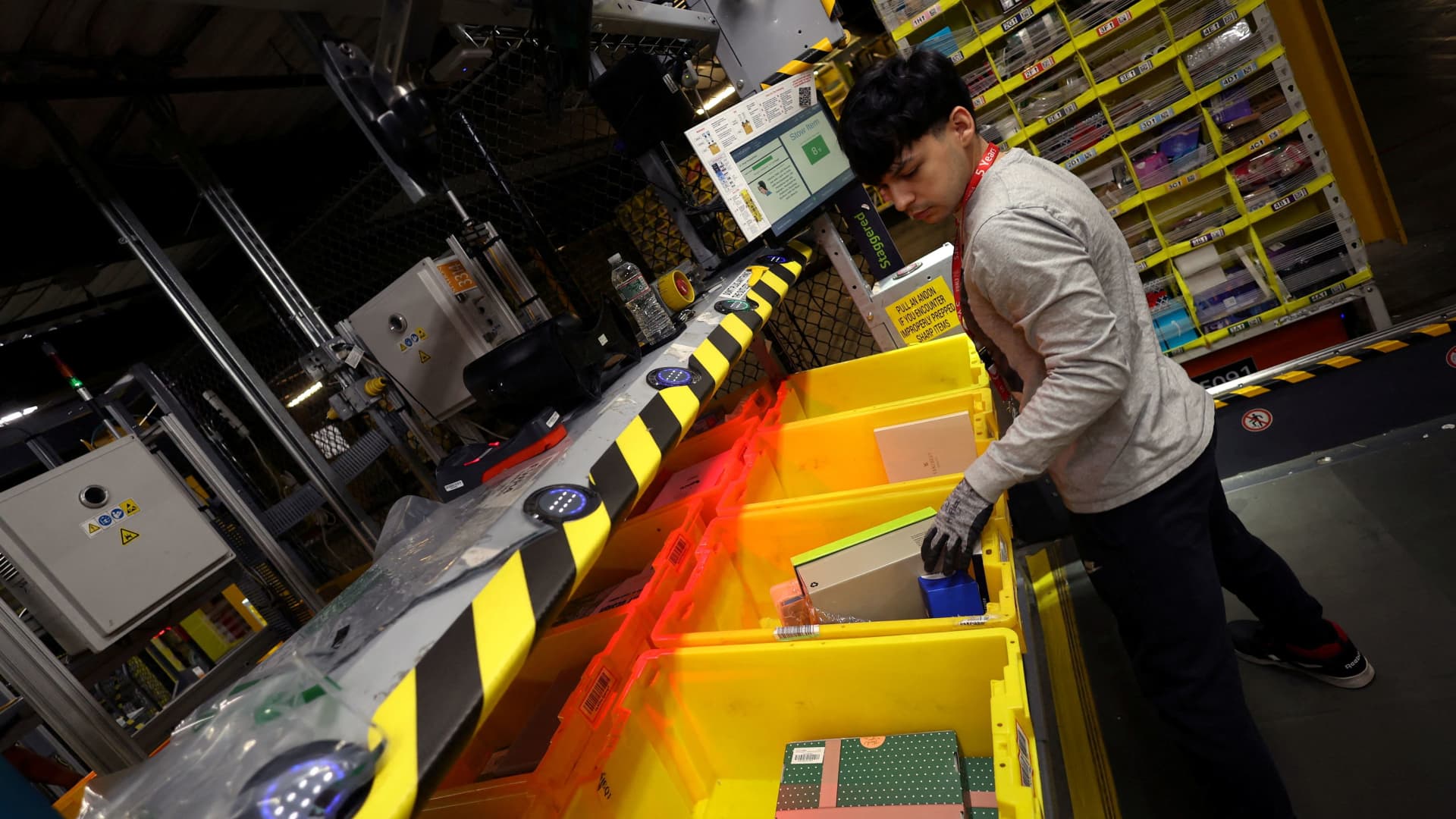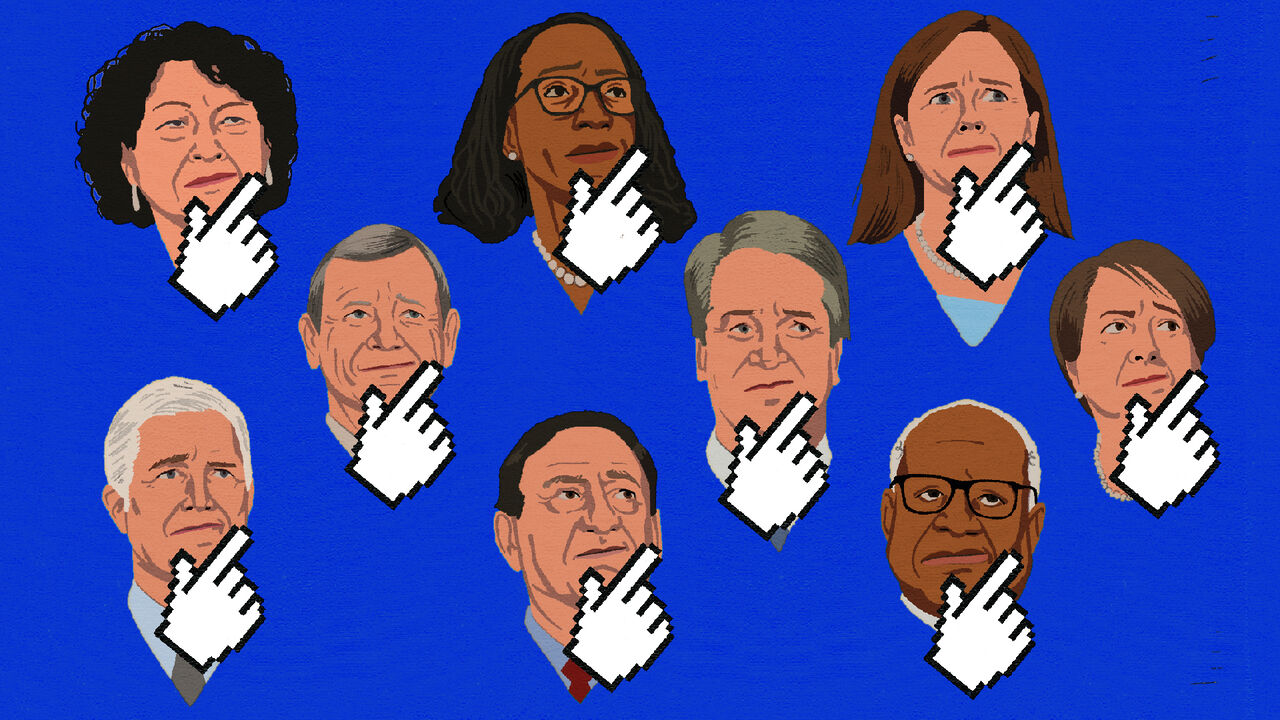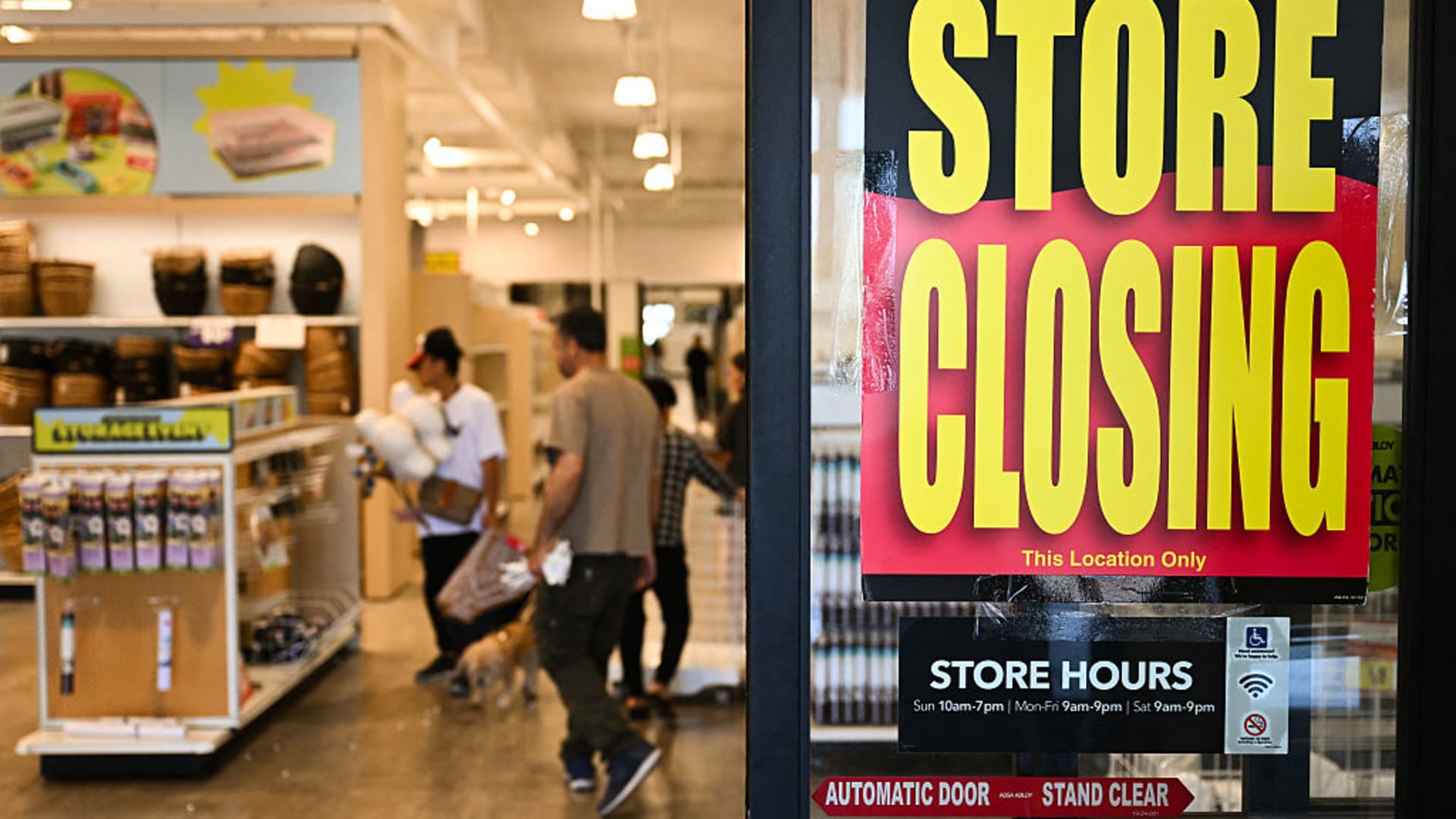U.S. economic growth slowed a bit more than expected in the final three months of 2024, the Commerce Department reported Thursday.
Gross domestic product, a measure of all the goods and services produced across the sprawling U.S. economy during the period, showed that the economy accelerated at a 2.3% annualized pace in the fourth quarter. Economists surveyed by Dow Jones had been expecting an increase of 2.5% after growth of 3.1% in the third quarter.
The report closes out 2024 on a somewhat downbeat note, though growth held reasonably solid. For the full year, GDP accelerated 2.8%, compared to 2.9% in 2023. Thursday’s release was the first of three estimates the department’s Bureau of Economic Analysis will provide.
Growth held up largely on the backs of consumers who continued to spend briskly despite the ongoing burden of high prices on everything from homes to cars to eggs at the supermarket. While inflation is well off the boil from its mid-2022 40-year high, it remains a burden for households, particularly those on the lower end of the income scale.
Consumer spending rose at a robust 4.2% pace and, as usual, amounted to about two-thirds of all activity. Government spending also provided a boost, accelerating at a 3.2% level.
Trade was a drag on growth in the period, with imports, which subtract from the GDP calculation, off 0.8%. Exports also declined 0.8%. Gross private domestic investment slumped by 5.6%, shaving more than a full percentage point off the topline number. An easing in inventories also cut nearly 1 percentage point.
In other economic news Thursday, initial unemployment claims totaled 207,000 for the week ending Jan. 25, a sharp decline of 16,000 from the prior period and well below the forecast for 228,000. Continuing claims, which run a week behind, also fell, down 42,000 to 1.86 million.
The resilience of the U.S. economy and the relative deceleration in inflation has allowed the Federal Reserve to assume a patient stance on monetary policy. Though the Fed cut its key interest rate by a full percentage point in the last four months of 2024, officials have indicated that aggressive reductions are unlikely this year.
At the recently concluded Fed meeting, central bankers gave no indication that they are expecting cuts anytime soon, with Chair Jerome Powell insisting that he is in no hurry to ease.
Fed officials have been expressing some concern about whether the moves lower in inflation have stalled. Thursday’s report showed that the so-called chain-weighted price index, which measures prices and accounts for consumers substituting less expensive products for more costly items, increased 2.2% on the quarter, faster than the 1.9% move in Q3 but slightly below the 2.3% estimate.
However, the data also showed that consumers are dipping into savings to fund their purchases. The personal saving rate was 4.1%, down 0.2 percentage point from the prior quarter for the lowest level in two years.

 Economics1 week ago
Economics1 week ago
 Accounting1 week ago
Accounting1 week ago
 Blog Post5 days ago
Blog Post5 days ago
 Economics1 week ago
Economics1 week ago
 Personal Finance1 week ago
Personal Finance1 week ago
 Economics6 days ago
Economics6 days ago
 Personal Finance1 week ago
Personal Finance1 week ago
 Finance1 week ago
Finance1 week ago






















